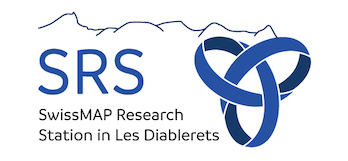Speaker
Description
We devise a geometric description of bounded systems at criticality in dimension d (including d=3) [1]. This is achieved by altering the flat metric with a space dependent scale factor γ(x), x belonging to a general bounded , compact, domain Ω. γ(x) is chosen in order to have a scalar curvature to be constant and negative, the proper notion of curvature being -- as called in the mathematics literature -- the fractional Q-curvature. The equation for γ(x) is proposed to be the Fractional Yamabe Equation (to be solved in Ω) that, in absence of anomalous dimension, reduces to the usual Yamabe Equation in the same domain. From the scale factor γ(x) we obtain novel predictions for the scaling form of one-point correlation functions. We refer to this approach as the critical geometry approach. A (necessary) virtue of the proposed approach is that it encodes and allows to naturally retrieve the purely geometric content of two-dimensional boundary conformal field theory. From the critical magnetization profile in presence of boundaries one can extract the scaling dimension of the order parameter, Δϕ. For the 3D Ising model [1] we find Δϕ=0.518142(8) which favorably compares (at the fifth decimal place) with the state-of-the-art estimate. A nontrivial prediction is the structure of two-point correlators at criticality. They should depend on the fractional Q-hyperbolic distance calculated from the metric, in turn depending only on the shape of the bounded domain and on Δϕ. Results obtained using the critical geometry approach for the 4D Ising model, the 3D XY model and the 3D percolation are also presented. Finally, comments on the long-range interacting case will be presented. [1] G. Gori and A. Trombettoni, "Geometry of bounded critical phenomena", J. Stat. Mech. 063210 (2020).

